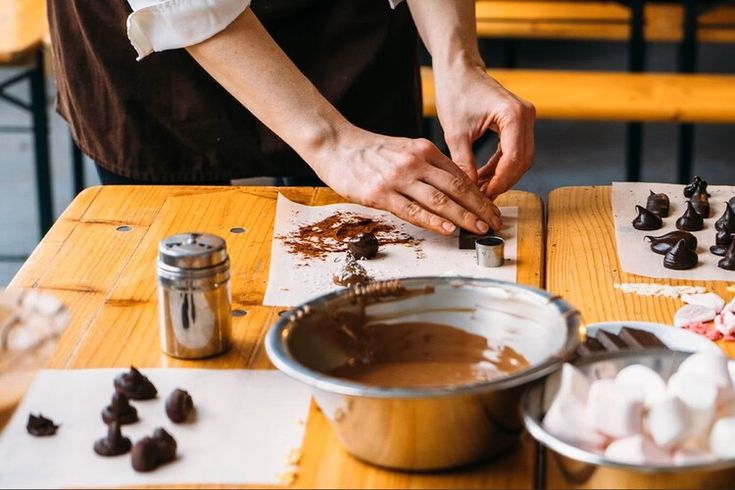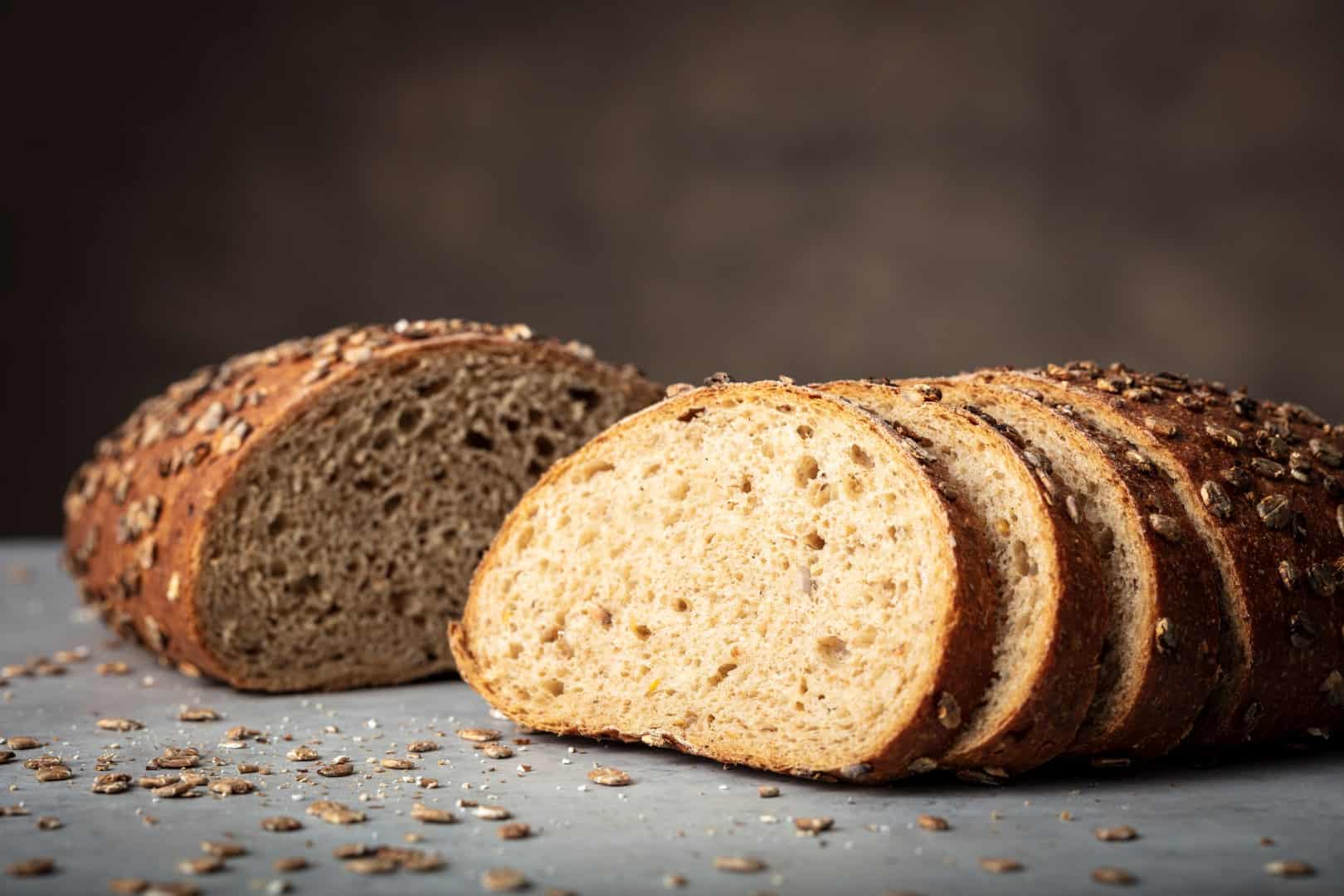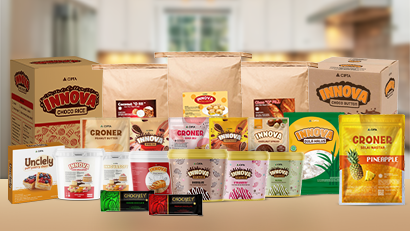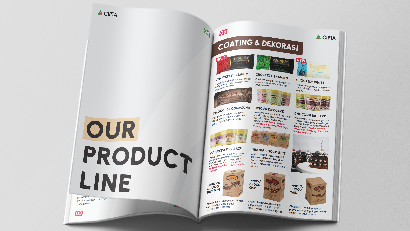Chocolate Compound is Becoming the Preferred Choice for Professional Bakers

In recent years, the baking industry has undergone significant changes in the way it selects ingredients. Professional bakers are now more discerning in selecting the chocolate products that are the main components of various cake and pastry creations. One ingredient that is increasingly being used is chocolate compound. The reasons are simple: it offers stable quality, is easy to use, and produces a beautiful end result.
Getting to Know Chocolate Compound
Compound chocolate has distinctive characteristics that distinguish it from pure chocolate or couverture. While pure chocolate uses cocoa butter, compound chocolate replaces it with vegetable fat. This change makes it more stable at room temperature. This advantage also means compound chocolate doesn't require a complicated tempering process, making it very practical to use, especially for large-scale production.
Another advantage is consistency. Pure chocolate tends to be sensitive to changes in temperature and humidity, while compound chocolate is much more reliable. The end result is predictable and uniform, which is crucial for commercial bakery production. Its stability is also suitable for tropical climates like Indonesia, as it is less prone to blooming or changes in texture that can damage the product's appearance.
Versatile Applications
The advantage of compound chocolate lies in its versatility of use.
Coating: Provides a glossy shine and a neat finish. Its texture flows easily, allowing it to cover products evenly.
Filling or ganache: Produces a stable, creamy texture that doesn't harden or melt too quickly. It's suitable for products that need a long shelf life.
Cake batter: Can be mixed directly into brownies, cookies, or muffins. The chocolate flavor remains strong, unchanging even through high-temperature baking.
This flexibility allows bakers greater creative freedom without fear of inconsistent results.
Technical Benefits for Production
For professional bakery operations, compound chocolate offers numerous added benefits. Extended working hours allow bakers to decorate more freely without worrying about the chocolate hardening quickly.
Furthermore, its use does not require special techniques or equipment. The production team can process it directly without the specialized training typically required for premium chocolate. This significantly improves work efficiency and production costs.
Compound chocolate is also more practical in terms of storage. It does not require complex temperature-controlled rooms. Even when stored in a standard warehouse, its quality is maintained. This can certainly reduce operational costs without sacrificing quality.
Formula Innovation
Advanced food technology means that compound chocolate now comes in a variety of variations. Some products are specially formulated to be more heat-resistant, while others are low in sugar to meet the needs of health-conscious consumers.
There are even variants designed to remain stable even when baked at high temperatures. This opens up opportunities for creating new products that were previously difficult to achieve with conventional chocolate.
Tips for Using Chocolate Compound
To achieve optimal results, bakers still need to understand how to handle chocolate compound. The melting temperature must be maintained so that it is not too hot. If it is too high, the chocolate structure can be damaged and the texture will be imperfect.
Mixing technique is also important. It should be done slowly so that the chocolate can blend well without too many air bubbles. With the right method, the end result will be smoother, with a rich chocolate flavor, and a pleasant texture.
Sustainability Trends
In addition to flavor and texture innovations, the sustainability trend is also growing in the chocolate compound industry. Manufacturers are now increasingly turning to more environmentally friendly raw material sources and focusing on energy-efficient production processes.
In terms of packaging, more and more people are using recycled materials or reducing the use of single-use plastics. These steps are not only important for the environment but also provide added value for bakers who want to produce socially responsible products.



